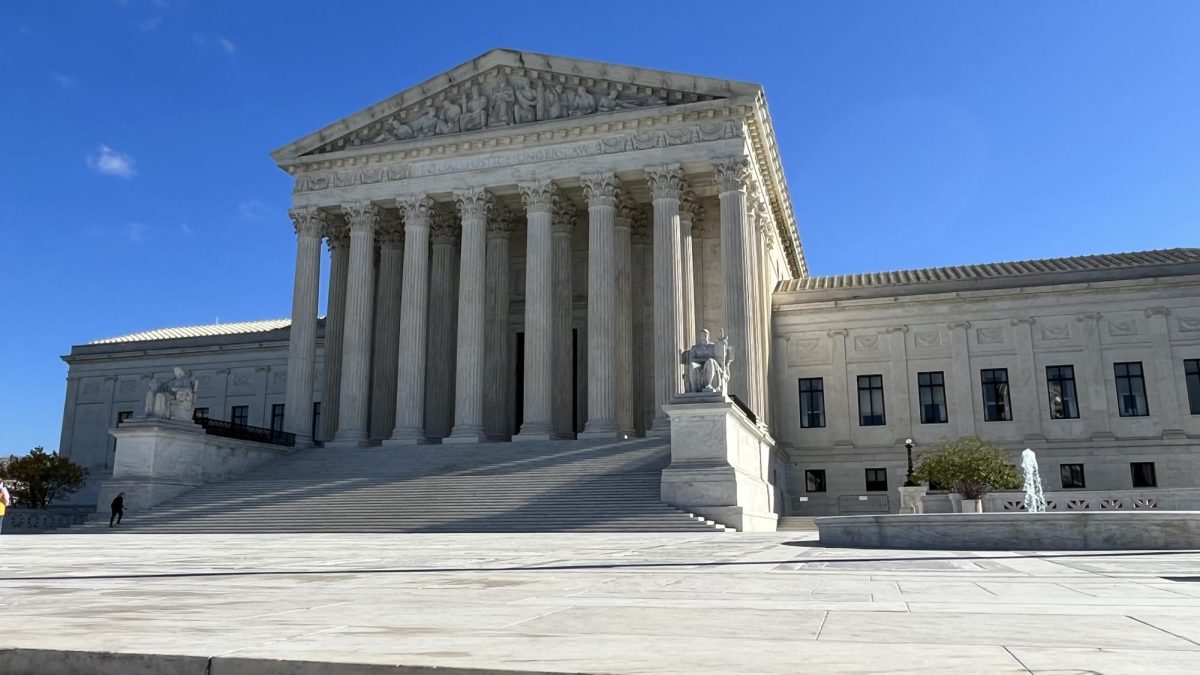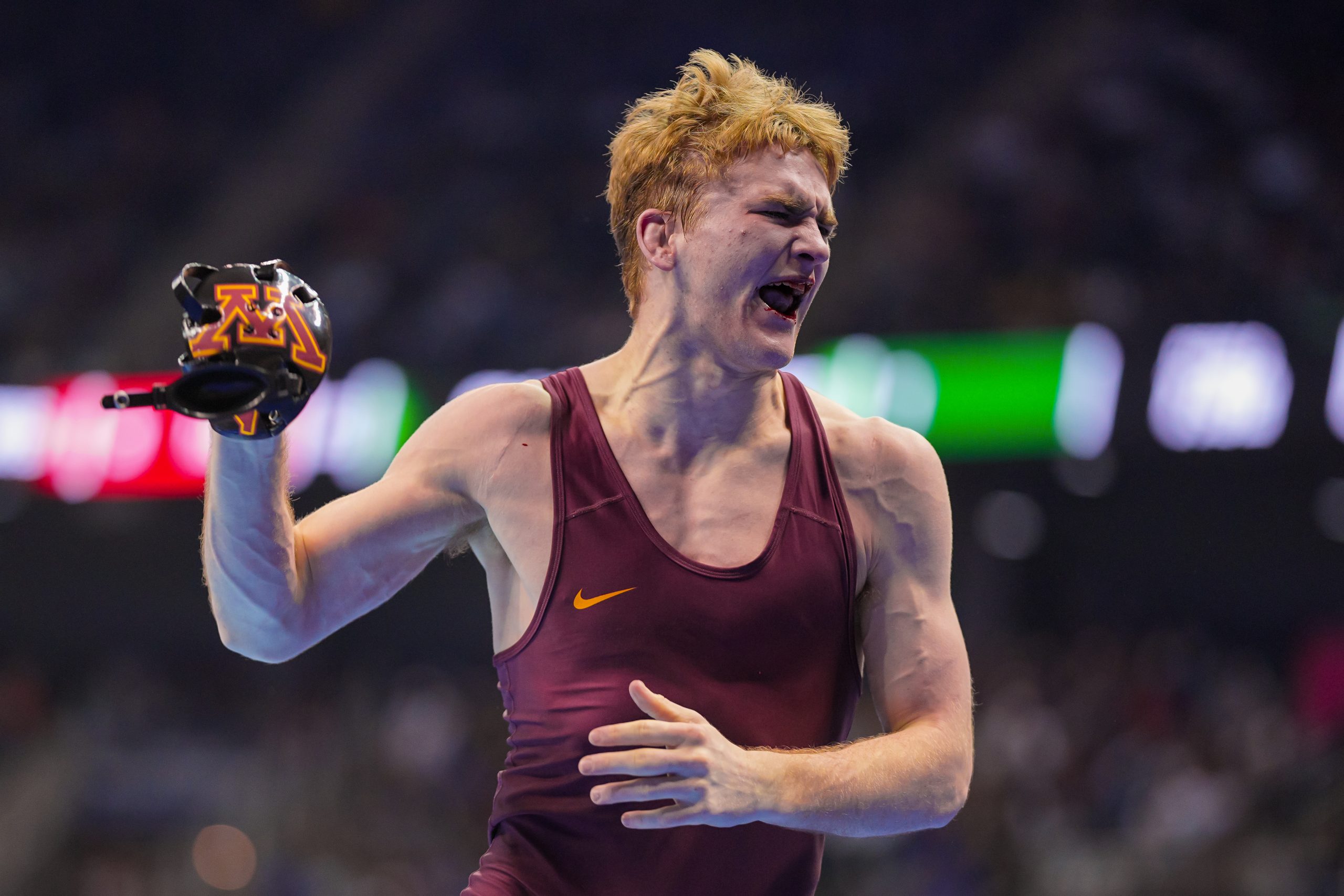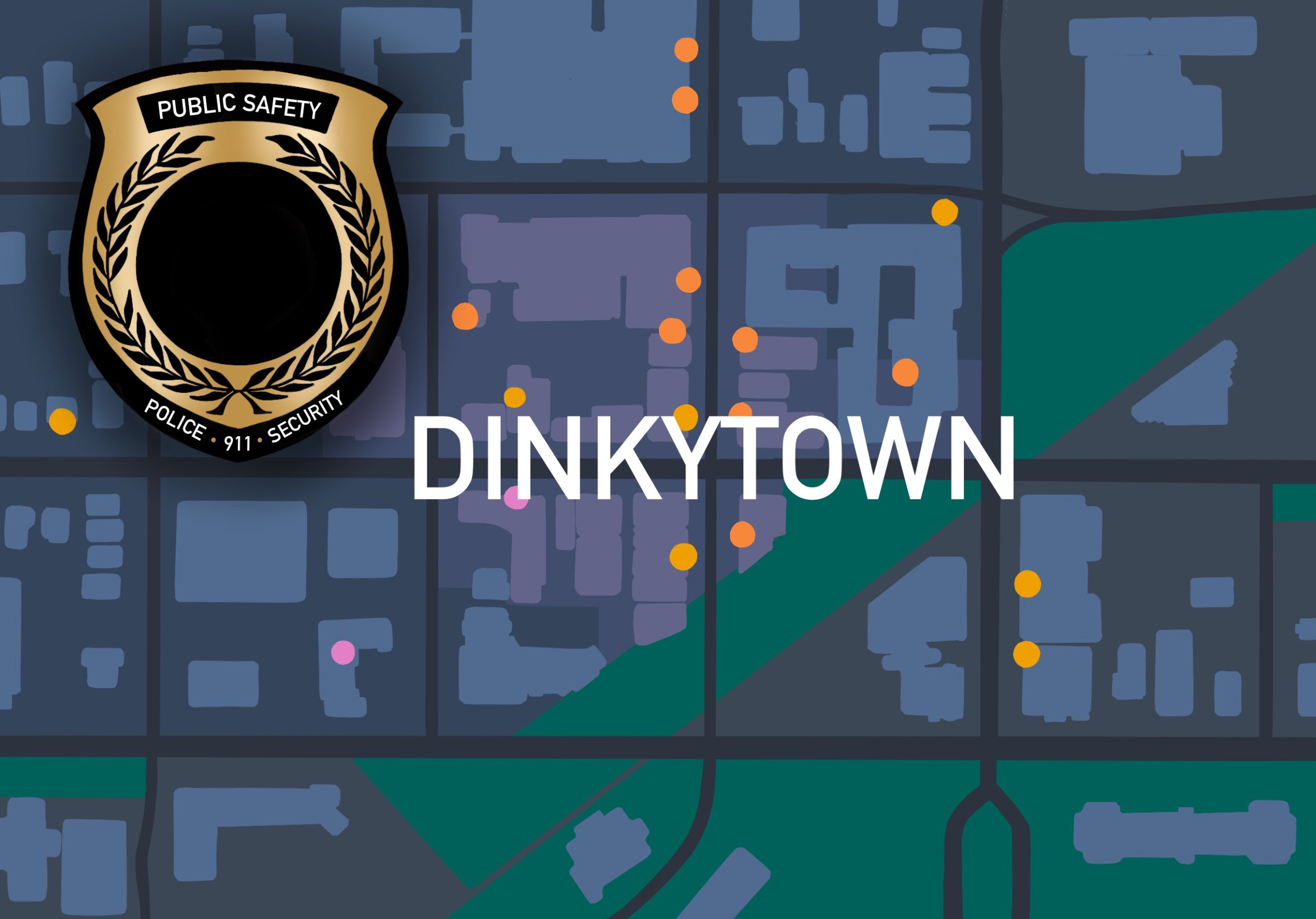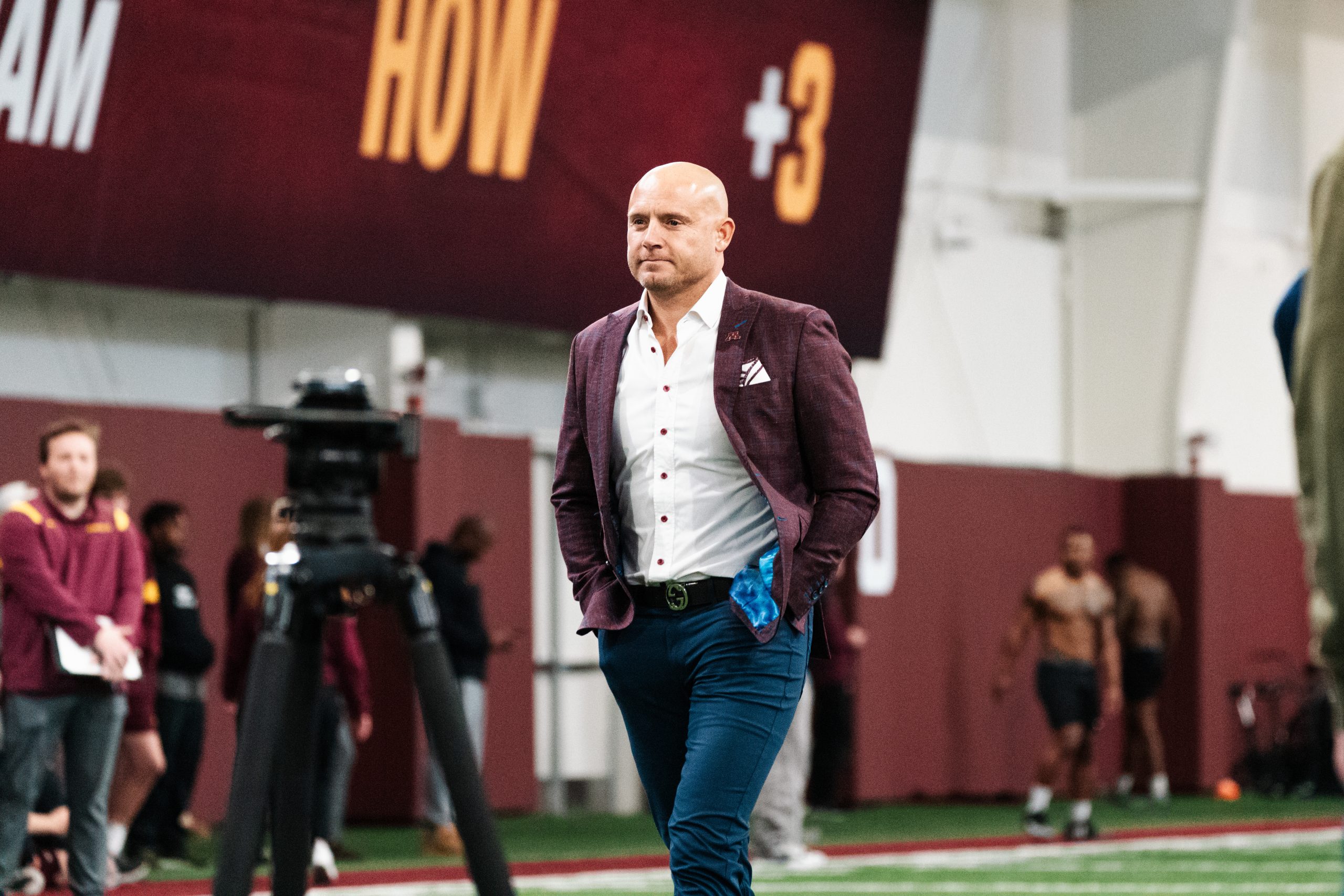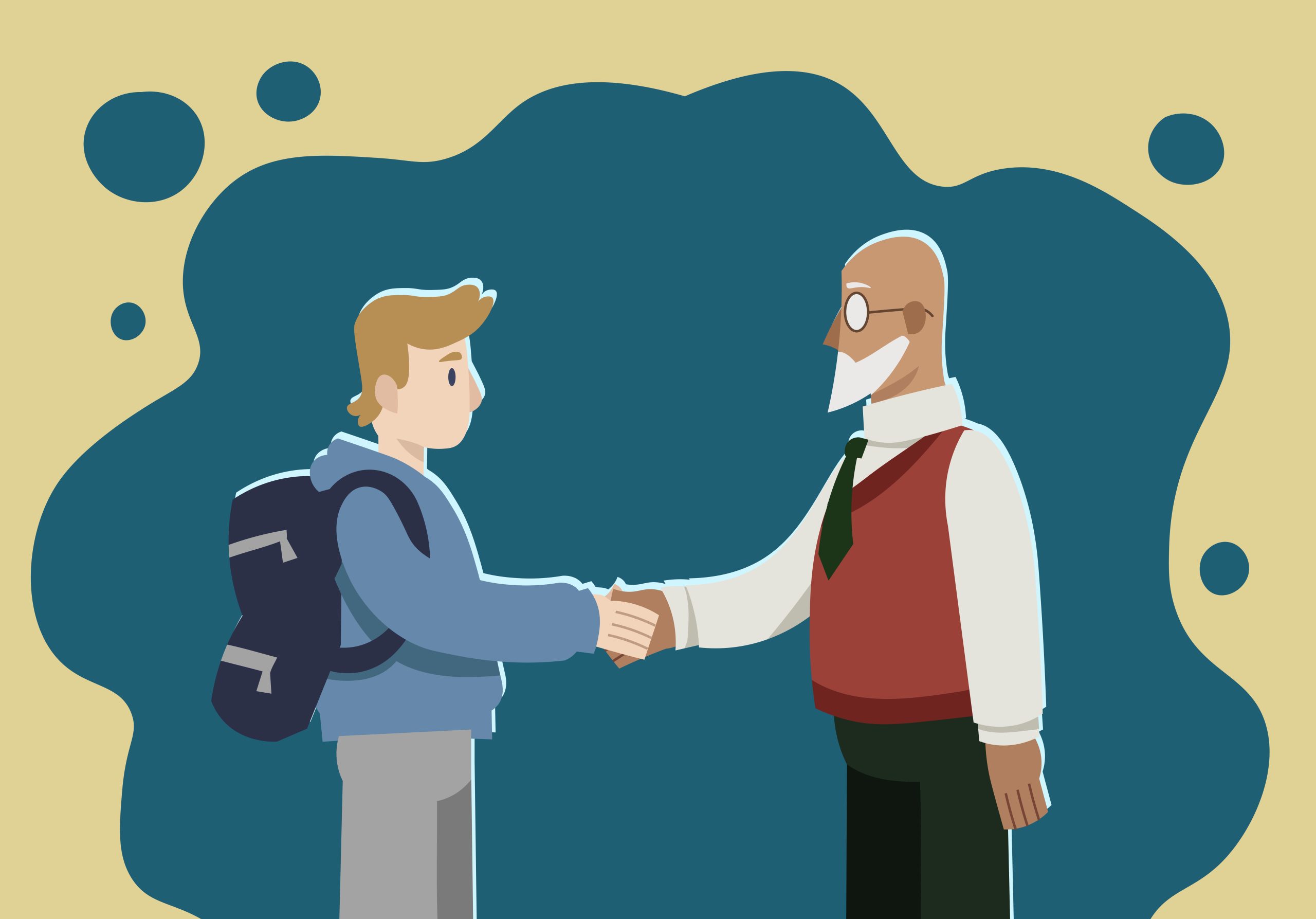CHICAGO (AP) — Scientists have come up with the best evidence yet that a concentrated dose of bright light in the morning can effectively beat the winter blues.
Sixty percent of sufferers who received such a light treatment got much better, according to one of three reports in Wednesday’s issue of Archives of General Psychiatry. Another report detailed similar results with 55 percent of those studied.
The three studies are the largest to date of light treatment and winter depression — or seasonal affective disorder — which afflicts about 10 million Americans. The shorter amount of daylight in the winter makes some people depressed, scientists say.
“If you get light in the morning you can get better,” said Charmane I. Eastman, director of the biological rhythms research laboratory at Rush-Presbyterian St. Luke’s Medical Center in Chicago.
Winter depression arrives in late autumn or early winter, creating fatigue, a craving for carbohydrates as well as weight gain, experts say. They say sufferers hate to get up, drag themselves through the day and have a hard time working productively. They tend to avoid social activities at night.
Doctors have been using light treatment for more than a decade. After getting their diagnosis, patients sit in front of a box that generates bright light. The box often costs more than $200.
But doctors have had a hard time proving that such a light treatment works better than merely taking a placebo.
In Eastman’s study of 96 patients, 55 percent got better after light treatments in the morning, 28 percent after light treatments in the evening and just 16 percent with a placebo. The treatments were given for one and one-half hours, six days per week.
Michael Terman, director of the winter depression program at Columbia-Presbyterian Medical Center in New York, studied 124 patients and found that 60 percent of those who received light treatments in the morning were much better.
Thirty percent of those who were treated with light in the evening improved sharply, Terman reported. He also found that treatment with a machine producing high levels of negative ions in the air had a beneficial effect.
A third study by Dr. Al Lewy, a professor of psychiatry at Oregon Health Science University in Portland, found sharp improvement among winter depression sufferers who received treatment with light in the morning.
The theory that light therapy can help patients suffering from winter depression has been met with skepticism by some researchers since it first surfaced in the early 1980s.
But outside researchers said the three new studies should help to convince doubters of its importance.
“These are three excellent studies,” said Dr. Norman Rosenthal, a senior researcher at the National Institute for Mental Health and the author of “Winter Blues,” a major book on the subject.
“If the medical community has not taken light therapy seriously, this is the time for them to really pay attention and recognize it as a highly effective treatment that could benefit millions of people,” he said.



